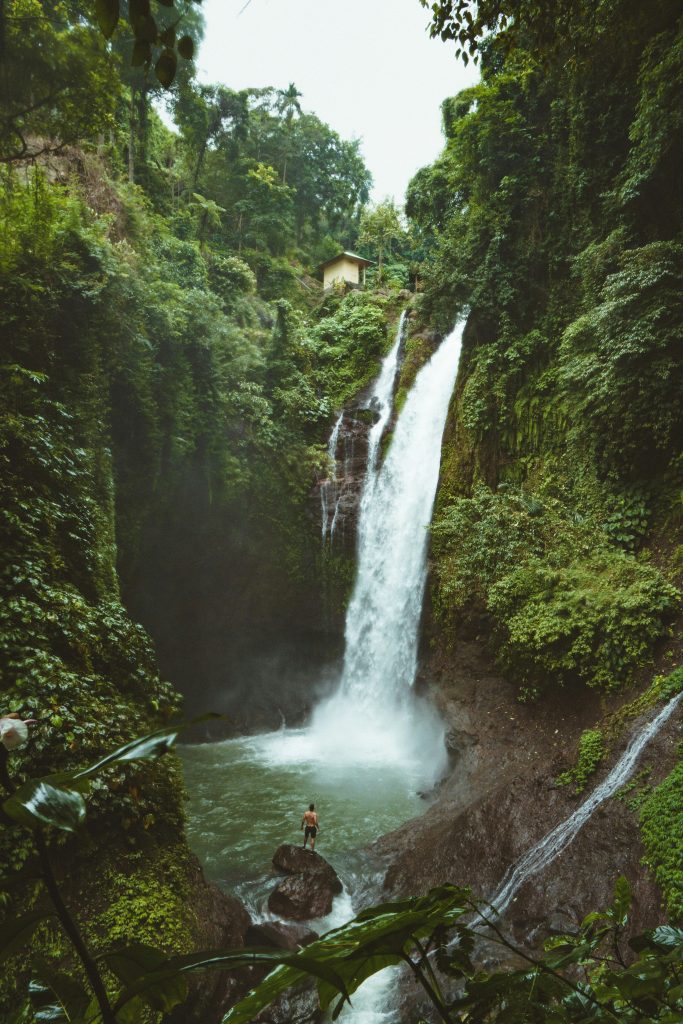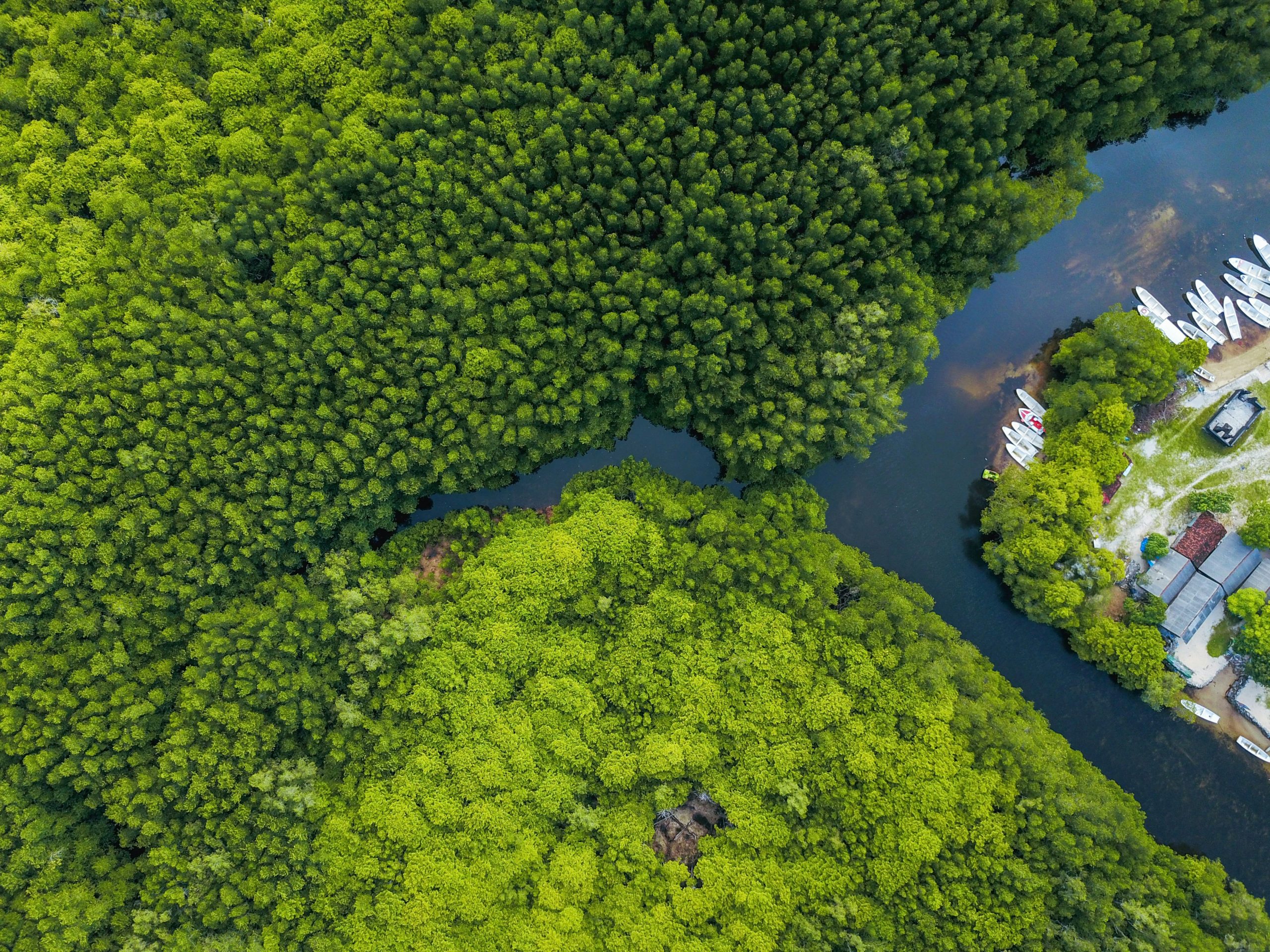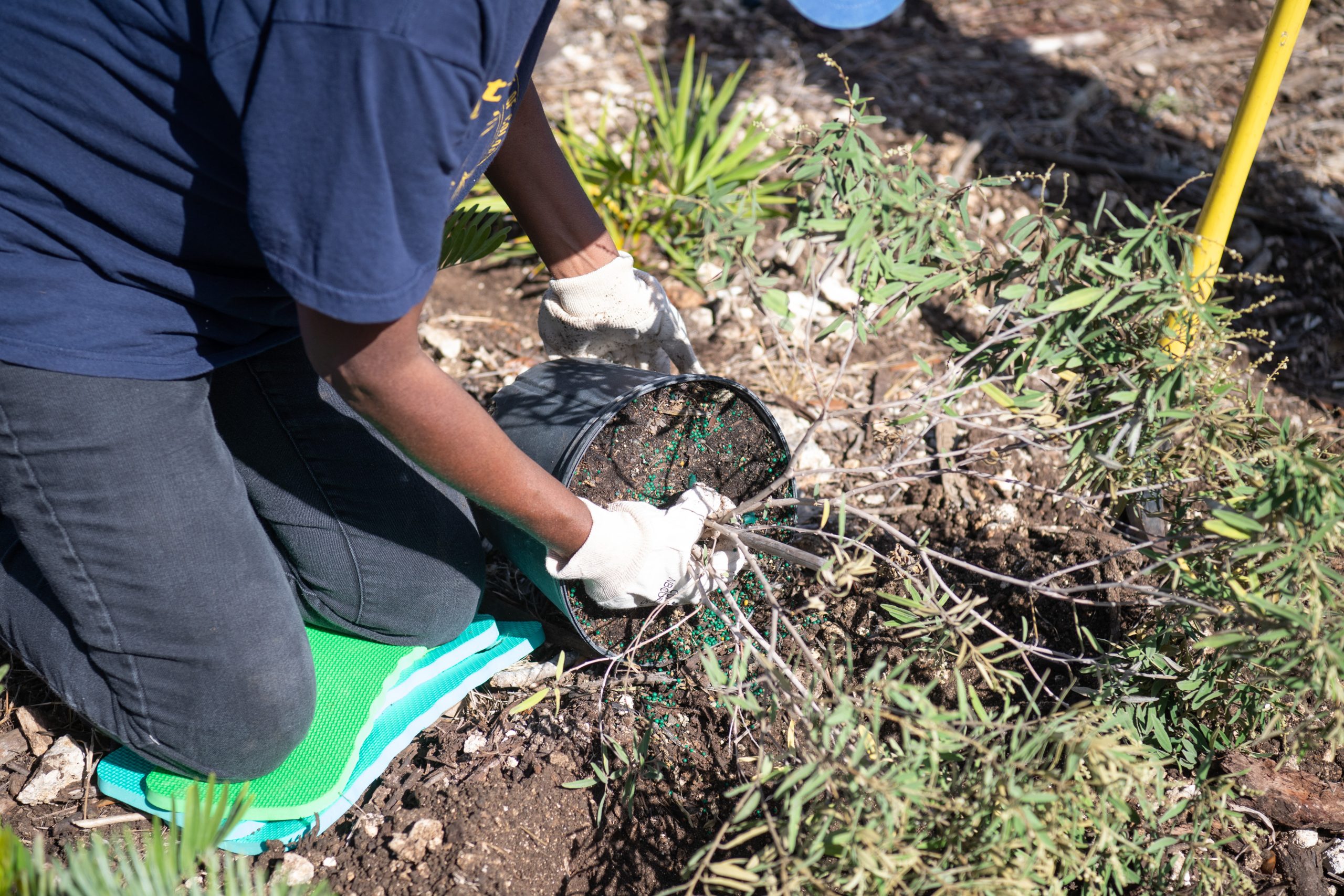Nature based solutions do more than mitigate carbon. They can enhance biodiversity, protect water sources, protect communities from landslides, and improve health. Now more than ever, we must understand how financial infrastructure and policies can be reimagined to effectively support these solutions. Our team worked with the Climate Champions team to explore how current solutions achieve impact.
The Amazon rainforest is the planet’s largest storehouse of carbon. Without the rainforest, the planet would heat up by an estimated 0.25 degree Celsius.
However, despite its essential contributions to the planet, it faces increasing threats of deforestation, degradation, habitat fragmentation, overexploitation, pollution, and loss of sociological and biological diversity.
The Living Amazon Mechanism aims to protect the rainforest by bridging the gap between the credit market and sustainable producers. The mechanism empowers local land stewards by combining conservation with income generation.
What’s in the report?
Main page: Greening private finance for nature-based solutions
Kuali Fund: A blended finance solution
Living Amazon Mechanism: Agribusiness receivables certificate
What is the Living Amazon Mechanism?
The Living Amazon Mechanism utilizes blended finance to offer agribusiness receivables certificates. These certificates are debt instruments that allow farmers to convert expected future earnings into tradable securities. They have access to a direct credit line, with off-takers and concessional investors absorbing first-loss risks. To further mitigate investor risks, one of the founding members Natura serves as an off-taker and purchases key crops.
The mechanism combines these agribusiness receivables certificates with a philanthropic fund of non-reimbursable investments. Its structure includes two main components:
- The Receivables Fund managed by VERT Capital: Provides a direct credit line to cooperatives and associations. Its structure has a subordinated and a senior tranche, with off-takers and concessional investors participating in the subordinated tranche to absorb first-loss risks.
- The Enabling Conditions Facility supported by Fundo Vale and managed by FUNBIO: Offers a broader range of investments to communities engaged in forest-based economies in areas such as education, internet access, infrastructure, and forest restoration to foster sustainable development.
The Living Amazon Mechanism aims to strengthen socio-biodiversity organizations, businesses, and supply chains. By investing in nature and local stewards, the mechanism can protect both local livelihoods and ecosystems.

A greener supply chain
The Living Amazon Mechanism was designed to strengthen the socio-biodiversity of supply chains and Indigenous Peoples and Local Communities (IPLCs) territories in the Amazon. It was founded to conserve activities and products in the value chain of Natura, a major Brazilian cosmetic company.
Through the direct motivation of a private sector leading partner, the blended finance model has the ability to more effectively scale and communicate confidence to future investors.
The blended finance model has the potential protect and addresses the supply chain integrity and consistent supply of non-timber forest products. This could increase production from over forty agro-extractivist entities in the Brazilian Amazon, benefitting an estimated 10,000 families across sixteen territories.
As the mechanism scales, it will drive the creation of a thriving forest economy, resilient communities, and the protection of essential carbon stocks and biodiversity.
At a glance
Project: Living Amazon Mechanism
Beneficiaries: 10,000 families across 16 territories
Budget: R$12 million raised plus a R$3 million nonrefundable grant from Fundo Vale
Launch date: September 2023
Key learnings for future resilience
- Connecting with local stakeholders is resource intensive but extremely important. Thanks to Natura’s extensive experience with non-timber forest products (NTFPs) in the Amazon, the company has built trust and credibility with local communities and cooperatives. The partners also invested resources into making the capital market instrument’s complex language and documentation accessible to community businesses. These approaches helped diminish skepticism and concerns associated with previous difficulties in accessing credit.
- Recognize biodiversity as an asset. The Living Amazon Mechanism recognizes the potential of Amazonian bioresources, as well as traditional knowledge and renewable forest products. These resources are viewed as drivers of both conservation and economic value. The model helps communities avoid displacement and stay connected to the forest, which is essential for long-term ecological sustainability.
- Empowering women can create co-benefits. While the project partners come from diverse sectors, they all recognize that women’s empowerment through sociobioeconomy is a significant opportunity. Through the project design, they are prioritizing associations that give an important role to women, whether in female-led cooperatives or those with a gender-balanced management composition.
- Multi-stakeholders based approaches can facilitate impact. The mechanism brings together diverse stakeholders to create a coordinated approach to conservation. This collaborative approach enables holistic responses to complex, cross-cutting challenges like deforestation and land use. The mechanism also advocates for public policies that promote sustainable land use and environmental protections, recognizing that policy reform is key to long-term success.
Sabrina Nagel is the senior advisor for global policy and finance for the Climate Resilience Center. Puninda Thind is the finance nature lead for the UN Climate Change High-Level Champions team. Amal Ridene is the finance youth fellow for the UN Climate Change High-Level Champions team. The opinions expressed here are the authors’ alone.


